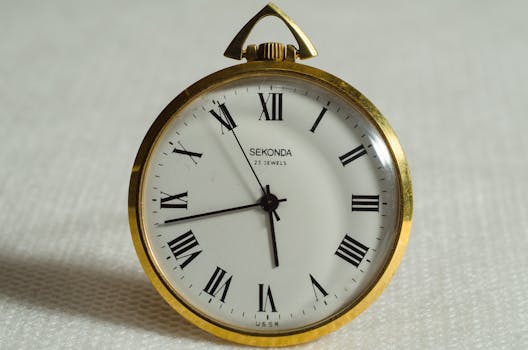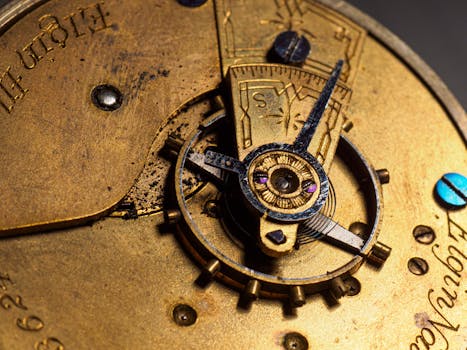
The Revolution of Time: The Impact of Quartz Technology on Traditional Watchmaking
Takeaways: Quartz technology has fundamentally altered the landscape of watchmaking by introducing precision, affordability, and new design possibilities. Traditional mechanical watches face challenges from this technology, but they also find ways to coexist and innovate.
The world of watchmaking has undergone significant changes since the introduction of quartz technology in the late 20th century. This innovation not only revolutionized how time is measured but also reshaped the entire watch industry. In this article, we will delve into the profound impact of quartz technology on traditional watchmaking, examining its historical context, technological advancements, and the ongoing relationship between quartz and mechanical watches.
A Brief History of Quartz Technology in Watchmaking

Prior to quartz, traditional watchmaking predominantly relied on mechanical movements, which, while artistic and intricate, were prone to inaccuracies and required meticulous craftsmanship. The introduction of quartz technology brought a new era of precision. Quartz watches could maintain accuracy to within a few seconds per month, a feat that mechanical watches struggled to achieve.
By the 1970s and 1980s, the quartz revolution was in full swing, leading to the so-called “Quartz Crisis.” This period saw a surge in the popularity of quartz watches, resulting in the decline of many traditional Swiss watch manufacturers. Brands that once dominated the industry faced existential threats as consumers gravitated towards the affordability and reliability of quartz timepieces.
The Advantages of Quartz Technology

- Precision: Quartz watches are renowned for their accuracy. The use of quartz crystals in timekeeping allows for minimal deviation, making them the preferred choice for those prioritizing precision.
- Affordability: Manufacturing quartz watches is generally more cost-effective than producing mechanical timepieces. This affordability has made watches accessible to a broader audience, democratizing luxury timekeeping.
- Durability: Quartz movements are less susceptible to environmental factors such as temperature and humidity, contributing to their longevity and reliability.
- Innovation in Design: The versatility of quartz technology has enabled designers to explore new aesthetics and functions, resulting in a diverse array of styles that appeal to modern consumers.
These advantages have led to a significant shift in consumer preferences, with many opting for quartz watches for everyday wear. The practicality and reliability of quartz timepieces have become hard to ignore, particularly in a fast-paced world where precision and convenience are paramount.
The Response of Traditional Watchmaking
Luxury brands, in particular, have found ways to incorporate quartz into their offerings without compromising their heritage. High-end quartz watches, such as the Rolex Oysterquartz and the Patek Philippe Nautilus 3700, showcase the brand’s commitment to quality while leveraging the advantages of quartz technology.
Moreover, traditional watchmakers have emphasized the artistry and craftsmanship inherent in mechanical watches. The resurgence of interest in horology has led to a renewed appreciation for the intricate design and engineering that goes into mechanical movements. Brands now highlight their heritage, craftsmanship, and the emotional connection that mechanical watches provide, distinguishing them from the more utilitarian quartz models.
The emergence of hybrid watches, which combine mechanical and quartz technologies, illustrates the innovative spirit of traditional watchmakers. These timepieces offer the best of both worlds, appealing to consumers who desire the precision of quartz and the artistry of mechanical design.
Additionally, the rise of smartwatches has introduced a new competitor to traditional watchmaking. While these devices incorporate quartz technology, they also present unique challenges and opportunities for traditional brands. Some watchmakers have responded by integrating technology into their mechanical designs, creating timepieces that appeal to tech-savvy consumers while maintaining a strong connection to their heritage.
In conclusion, the impact of quartz technology on traditional watchmaking has been profound and multifaceted. While it posed significant challenges to the industry, it also sparked innovation and adaptation among traditional watchmakers. As the industry continues to evolve, the relationship between quartz and mechanical timepieces will remain complex, with both contributing to the rich tapestry of horology.






